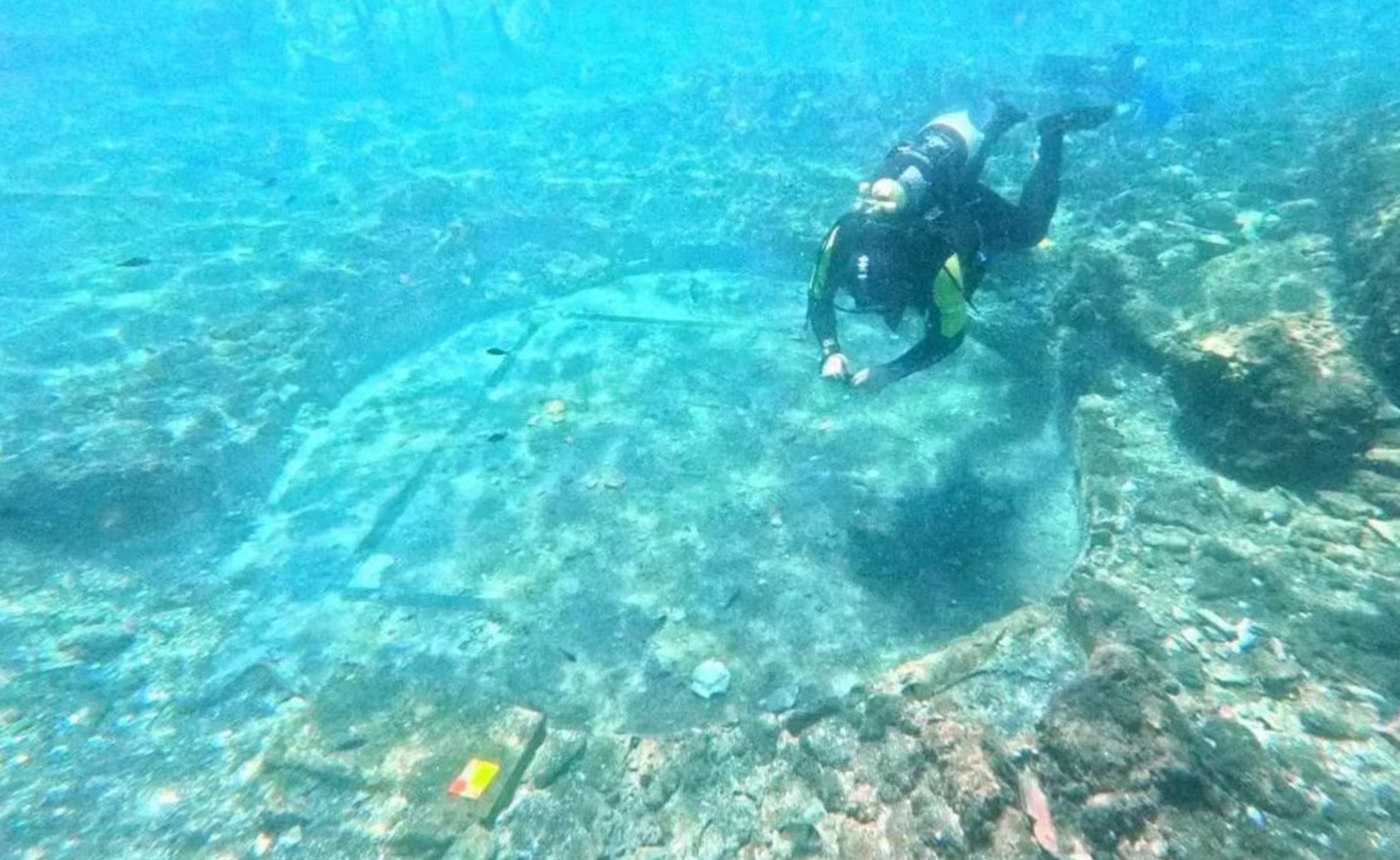
Archaeologists in Baiae, Southern Italy, just uncovered what they believe is Cicero’s underwater bathhouse.
Complex engineering. Geothermal heating. Mosaic floors.
You could easily spend a spa day there today.
But here’s the thing:
Cicero died over 2,000 years ago.
Yet his name still works. Still sells. Still sparks emotion.
And here’s a question for you:
Are you building an Instagram page? Or an underwater bathhouse that lasts centuries?
Look, I get it. We all chase virality, quick funnels, and new AI prompts.
But check what a true personal brand does:
Lasts 2,000 years.
People still talk about you.
Headlines around the world carry your name.
You’re dead — but still attract tourists, money, attention, emotion.
Cicero isn’t just some ancient Roman.
He’s a strategy. A content machine. An influencer beyond time.
Insight:
If you’re an expert, marketer, or entrepreneur — don’t build just for the feed.
Build for depth.
Build for the people who come after you.
Build so you get discovered long after you’re gone.
Your “bathhouse” is your articles. Podcasts. Case studies. Channel. Book.
What will remain of you?
When I read about this discovery — I froze.
I pictured Cicero after a brutal day in the Senate, toga and all, stepping into that bathhouse.
Steam. Stone. The sea nearby.
Thoughts on eternity. Words. Influence.
No YouTube then, but a voice.
No CRM, but connections.
No chatbots, but persuasion.
And now — 20 centuries later — his name is front-page news again.
Now it’s your turn.
What are you building: a brand bathhouse or a content bubble?
What of yours will last till 2045 — let alone 4025?
Drop your thoughts below.
Save this post — you’ll want to revisit it.

Picture this: you're diving just off the coast of Naples, the water crystal clear… and suddenly, you see mosaic floors, ancient walls, marble columns rising from the seabed.
This isn’t a dream. It’s a real discovery.
Just 10 miles off the coast of Naples, archaeologists have uncovered a stunningly well-preserved Roman bathhouse — more than 2,000 years old. And here's the twist: it may have belonged to none other than Marcus Tullius Cicero, Rome’s greatest orator and political mind.
This isn’t just any ruin. It’s from Baiae — an ultra-luxurious Roman resort city, once the go-to destination for the empire’s most powerful names: Caesar, Augustus, senators, generals. Baiae was Rome’s version of Las Vegas meets the Amalfi Coast — with thermal springs, lavish villas, banquets, and scandalous affairs.
Ancient texts mention a villa here that belonged to Cicero. Until now, that was just a theory. But this recent find could be the first physical trace of his legendary estate.
Imagine it — Cicero walking these halls, relaxing after debates in the Senate, maybe rehearsing the speeches that would echo for centuries.
This bathhouse wasn’t just beautiful — it was cutting-edge. Roman engineers used a heating system called suspensura, where hot air flowed under the floors and through the walls via terracotta pipes. It was a full-blown spa experience — two millennia ago.
The complex also featured thermal springs (believed to have healing powers), relaxation rooms, and banquet halls designed for full-on Roman indulgence. Today, these same spaces are home to crabs, sea bass, and the ghosts of ancient conversations.
And the preservation? Unreal. Mosaic floors still intact. Faint frescoes visible on the walls. Ceramic shards scattered around the site may even help pinpoint when it was built, what it was used for, and why it was abandoned.
Baiae stood on volatile volcanic ground. Over time, seismic shifts slowly sank the land beneath the sea. After Arab pirates raided the town in the 8th century and a wave of malaria swept through the region, it was gradually deserted.
By 1500, it was gone.
In the 1920s, a dredging crew clearing out the seabed discovered intact marble statues — triggering a wave of new exploration. Even Mussolini wanted to drain the bay to fully excavate the ruins.
Then in the 1940s, an Italian Air Force pilot flying over the coast saw it from above and described it as a "strange ghost town beneath the water."
Baiae was back — but this time, as an underwater archaeological wonder.
Now, just 12 feet below the surface, the site is a diver’s dream — a literal museum under the sea. You can swim through Roman history, above the very floors where emperors and senators bathed, dined, and schemed.
And if the archaeologists are right… one of them was Cicero.
Final thought:
If, 2,000 years after your death, someone finds your spa and writes articles about it…
You probably did something right with your life.



